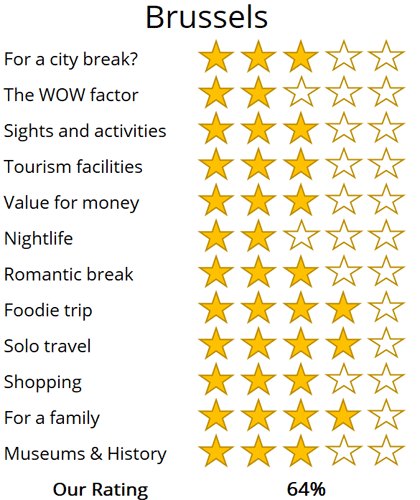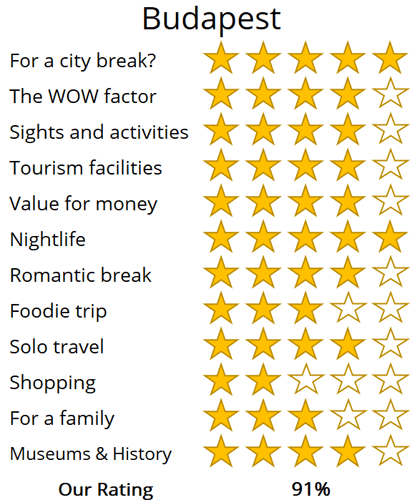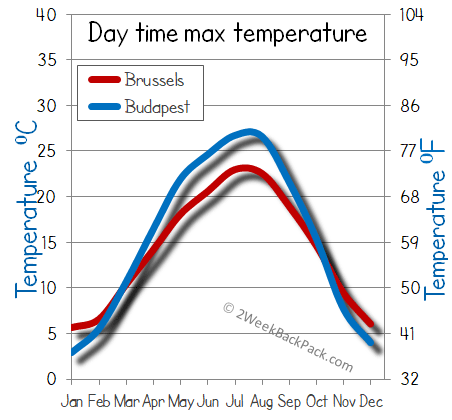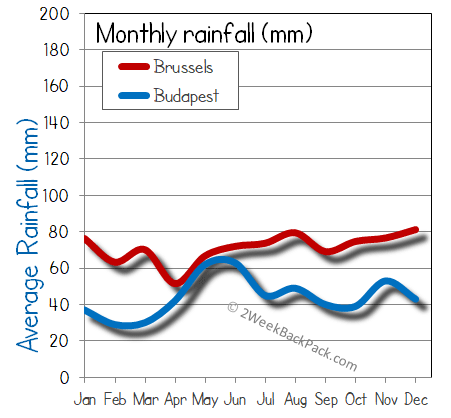WhereToGoForMyHoliday.com
The best destination comparison site!
WhereToGoForMyHoliday.com
The best destination comparison site!
Brussels or Budapest, which is better for your holiday in 2024?
Brussels and Budapest both offer unique and enticing experiences, but which one should you choose for your city break or holiday?
We recognise the difficulty in making this decision. While there is abundant information available on both destinations, clear guidance on which city better aligns with your travel preferences is often hard to find.
This article aims to provide an impartial comparison of Budapest and Brussels, and hopefully help you to choose the best city to visit.
The article is structured into several sections, each of which can be directly accessed through the following links:
• Introduction to the cities
• Scores and ratings
• Which one should I, friends, or family visit?
• When to visit and weather
• Who is the city suited for?
• The perfect 48hours (with map)
• Tourism details (where to stay? airport details?)
Introduction to Brussels and Budapest
It is all too easy to over-look Brussels as a city break destination, especially considering it is the home of modern European politics.
However, there is a surprising amount here to explore and enjoy, and a visit here can end up being one of those unexpected hits that with hindsight, you can’t understand why you hadn’t been before.
Being smaller than many of its European counterparts it is able to offer the perks of a more manageable and friendly atmosphere with fewer crowds, exceptional art galleries, museums and medieval churches abundant around every cobbled street corner.
It is also brimming with quirky café charm and home to the highest standard of food you will find anywhere in the world.
Straddling the snaking Danube in the very heart of Europe is Budapest, the buzzing capital of Hungary.
Here, a city of two halves – Buda and Pest – unites to form a complex tapestry of over 1.7 million lives. With grand 19th-century bridges stitching together the landscape, Budapest entices with its blend of storied history, striking architecture, café charm, and lively nightspots.
Whether your eyes are drawn to the regal palaces atop Buda Hill or the heady aroma of sulphur from steaming bathhouses, Budapest never ceases to captivate. Venture into ruin bars, gaze upon the monumental Dohány Street Synagogue, or stroll the wide boulevards left behind by the Communist era.
In Budapest, every glance reveals a new layer of intrigue, a city where the past and present are locked in an endless dance.
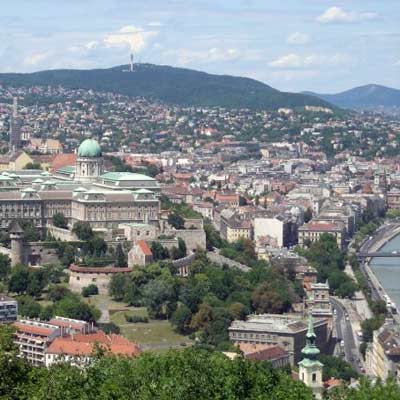
Budapest is a vibrant and modern city just waiting to be explored

The Mont des Arts gardens in central Brussels
High-level summary Brussels and Budapest
Summary
Where would I journey for a personal escape?
Budapest
Where would I send my parents for a memorable visit?
Budapest
Where's the ideal destination for my adventurous 19-year-old cousin?
Budapest
Where should my food-obsessed friend indulge their culinary passions?
Budapest
Note: The above comparisons are weather-independent and are based on travel during the most opportune times of the year. Details about the ideal travel seasons are elaborated upon later in this article.
In the sections that follow, you'll find a comprehensive comparison between these two fascinating cities. This includes recommendations on the duration of stay, the best times to visit, and tailored 48-hour itineraries for each city.
The final segment delves into practicalities for your travels, such as the best airport to fly into, the optimal districts for your accommodation, and insider tips, for when you come to explore the city.
We hope that you find all of this information useful, in planning your next exciting trip!
Destination details
How long to spend each city?
Fly-in visits for three days are enough to check off the major must-see sights of Budapest. This is a compact capital with good underground and bus links. You can get easily get across town – going from Buda Castle on one side of the city all the way to the Széchenyi Thermal Baths at the other takes less than an hour on public transport.
That said, Budapest has plenty of hidden secrets up its sleeve. You could easily while away a whole week enjoying cheap happy hours in the ruin bars, bathing in the Art Deco spas, and visiting islands up the Danube. If you're coming in summer, you could also extend a stay to include the art galleries and cobbled lanes of Szentendre, the mineral-rich waters of Lake Balaton, and the rustic Tokaj wine country to the east.
Brussels, with its compact layout, allows visitors to explore its main attractions within 1 or 2 days, primarily centered around the historical core.
A leisurely stroll from the Grote Markt (The Grand Place), the heart of the city, to the EU Parliament, passing through the lively Stalingrad District, takes just a couple of hours—though this may vary depending on your penchant for Belgian beer stops along the way!
If time permits, consider day trips to the historic battlefield of Waterloo or the charming medieval city of Bruges, both offering unique insights into Belgium’s rich heritage.
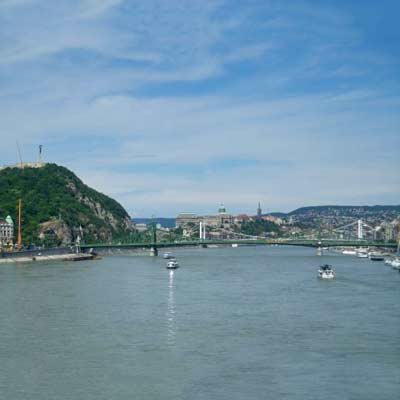
The mighty Danube River cuts Budapest in two

The Saint Jacques-sur-Coudenberg church, Brussels
Brussels gets busiest during the warm months of the summer. Everyone from city breakers flying in on short-haul budget links to Interrail backpackers on a cross-continent grand tour pass through during the main holidays from June and August.
There's a real buzz about the bars of the Grand Place then, with people chatting and snapping selfies all around the UNESCO-tagged streets. Some downsides: Brussels can have heatwaves, and the price of hotels at this time is sure to be peaking.
While winter is probably best avoided unless you're on the hunt for cosy Christmas markets, spring and autumn have their pluses. They're both typically cheaper. There's fewer people around, so you're more likely to score tours of the EU Parliament and whatnot. And everything costs a little less, from hotels to flights deals into town.
Late spring and early autumn are when locals often say Budapest is at its best. Temperatures average around 23-25 degrees in May and September. There's not an overload of rain then either. And it's perfect for avoiding the crowds of midsummer city breakers that come during the European holidays.
There's also something to be said for visiting Budapest in the midst of winter. Mercury plummets between November and March, and it's not uncommon to see the Danube freeze over with huge chunks of ice. What's more, the tenements and side streets of the Jewish Quarter and the historic Inner City areas ooze atmosphere on cold, snowy days. Just be sure to pack the thermals!
Budapest, with its rich historical culture, intertwined seamlessly with an energetic nightlife, has established it as a top destination for a diverse range of travellers. Backpackers gravitate towards the Jewish Quarter's unique ruin bars, where they can indulge in exceptionally affordable Hungarian beers amidst eclectic courtyards.
Meanwhile, those with a cultural focus may choose to delve into the history of the Hungarian empire at Buda Castle or pay homage at the poignant House of Terror museum, which delves into the oppressive Stasi era.
However, if your preference leans towards sun-soaked beaches, Budapest might not feel like a perfect fit. Situated in a landlocked region, both the city and the country are devoid of coastline. Furthermore, while there are parks, they are predominantly located on the city's periphery, making Budapest predominantly an urban experience.
One of the great joys of Brussels is just how many facets there is to the city. You're certain to be entertained if you love architecture. The main square alone comes with Gothic, Neo-Gothic, and Renaissance elements.
Then there's all that fabled Belgian food, from the double-cooked chips to the chocolate-topped waffles to the frothy monk-brewed beers you find in the pubs. Add in enthralling tours of important parliament buildings, pretty parks, and some seriously rich galleries, and you've got a destination suited to all sorts.
Of course, some people might not feel right at home, Brussels is urban to the core. Finally, budget seekers could find themselves a little happier elsewhere. Brussels hardly breaks the bank, but it's no penny saver either.

The Arc de Triomphe leads to the Park du Cinquantenaire
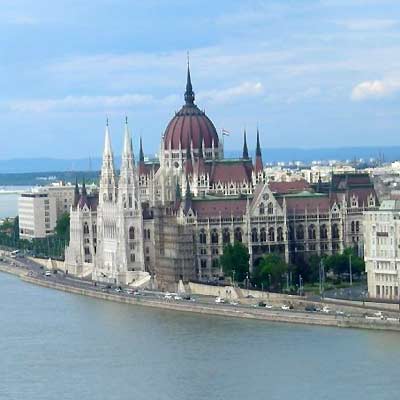
The Hungarian Parliament stands as a stunning testament to Budapest's architectural grandeur, holding the title of the city's tallest building
48hours in Budapest
Day 1: Begin your journey on the Pest side of the city, where the magnificent Dohány Street Synagogue resides. This landmark is not only pivotal to Budapest but also stands as the largest synagogue in Europe. Following this, take a stroll along Andrássy Avenue, a grand boulevard and UNESCO World Heritage site, adorned with Neo-Classical mansions.
Delve into Hungary’s tumultuous history with a visit to the House of Terror museum, situated at one end of the avenue. Subsequently, unwind with a spa session at the renowned Széchenyi Baths, celebrated for its Art Deco architecture. Cap off the day with a hearty dinner at Gettó Gulyás, indulging in their signature paprika-smoked goulash, and conclude your evening with a drink at Szimpla Kert, a mesmerizing art gallery turned bar.
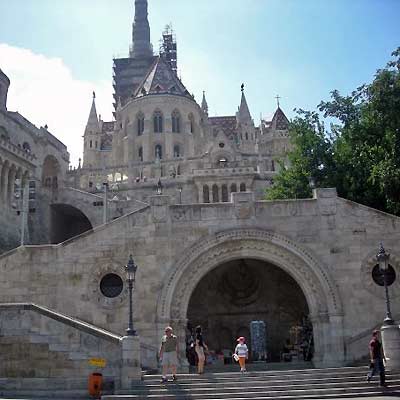
Pest cathedral
Day 2: Start your day with breakfast at the historic Central Market Hall, established in 1897. Savour the taste of sweet Hungarian pastries before crossing the Danube via the striking Liberty Bridge.
Upon arrival, you have the option to visit the elegant Gellért Baths or continue your journey to the Fisherman's Bastion and the Citadella, former military strongholds that now offer breathtaking views of the Danube. A northward stroll leads you to the Castle District, where you can either admire the architecture from the outside or explore the regal court rooms inside.
Don’t miss the chance to capture some photos of the imposing Hungarian Parliament Building across the river. Conclude your day with dinner in the Inner City of Pest, offering a diverse range of dining options from Tex-Mex restaurants to atmospheric 1930s speakeasies.

Gellért Hill offers some of the best views of Budapest, the hill is named after Saint Gerard who was murdered in 1065 by being put in a barrel and rolled down the hill…
48hours in Brussels
A whirlwind 48 hours in Brussels can take you from curious statues to modernist structures, regal parklands to beautiful palaces. Of course, there's plenty of time to fit in home-brewed beers and indulgent waffles along the way.
Day 1: The Grand Place is the only real place to begin in Brussels. A UNESCO World Heritage Site, it is the kernel of the city, and has been since time immemorial. Look to the north end and you can see the elegant façade of the Brussels City Museum. It's housed in the Neo-Gothic Maison du Roi, hosting collections that include masterworks by Flemish painters and the original Manneken Pis statue (more on him later).
On the south flank is the indomitable Brussels Town Hall. Gaze up at its gorgeous medievalist spire and wonder at the carvings of dukes on the portals. The rest of the square is a photographer's dream, with guild houses and pubs and more. Next, the area of Stalingrad calls. Curiously named, it's nonetheless one of the liveliest quarters of Brussels.
It's also where you'll find the famously underwhelming Manneken Pis statue – we won't spoil it with a description! After lunching in one of the taverns there, head east to the acclaimed Royal Museum of Fine Arts of Belgium. It's a must for any culture vultures, what with exhibits that contain works by the likes of Anthony van Dyck, Bruegel, and Rubens. It demands a whole afternoon.

The town hall on the Grand Place, the main plaza of Brussels
Day 2: Overdosed on art and ready for something completely different? Good, because day two begins at the Espace Léopold. Welcome to the vast European Parliament; the corridors of power for 27 states that range from Romania to Portugal. Tours of the huge debating chamber and the plenary rooms where the decisions are made run daily from 9am.
After an hour inside, you can head for the grand Parc du Cinquantenaire that sits just behind. It's a prime example of Brussels' flamboyant public garden style, hosting the eye-watering Arc du Cinquantenaire, a national symbol of Belgium.
The afternoon sees you hop on trams (a combo of Tram 5 and Tram 6 usually does the trick) to the area of Laeken. This otherwise green a leafy suburb has one major claim to fame: the strange Atomium. You might not believe it, but it was built in 1958. Up top there's a lookout point with panoramas of the whole city.
For the evening, mosey back to the Grand Place and seek out the iconic Delirium Café on the side streets nearby. It's home to a whopping 2,000 variations of Belgian and global beers!

Brussels is the home to the European Parliament
Brussels Airport (BRU) and the Charleroi Airport (CRL) combine to offer all sorts of long-haul and short-haul air links into the capital. The cheapest cross-continent flights on Ryanair and the like usually jet into CRL. Transatlantic and premium carriers usually go to BRU.
You can use Brussels City Shuttle to get to Charleroi for as little as €5 each way if booked online and in advance. Meanwhile, direct rail links go to Brussels Airport from Brussels Central, costing €8.60 and taking a little over 20 minutes in total.
Most of the sights and attractions on the itinerary above are within walking distance of each other. But be ready to make use of Brussels' efficient public transport system if the legs tire and the rain starts falling, though.
The metro and high-speed tram network links up most areas with its six lines. Tickets can be bought at the GO machines on virtually every station. They need to be validated at the orange boxes before use.

The bars and pubs in the historic centre of Brussels
In terms of travel safety, Brussels ranks well. Incidents involving tourists are rare, although thefts, bag snatches, and pickpocketing do occur in many of the visitor hotspots.
Try not to walk alone in the city centre after dark, particularly if you've been drinking. Never leave valuable items within sight if you're parking your car. Also always keep one eye on your handbag or wallet when riding the metro.
For hotels, the best area of Brussels is surely the district immediately around the Grand Place. The closest establishments to that UNESCO site typically cost oodles but ooze luxury. A few streets back and you can find affordable local B&Bs with plenty of charm.
Travelling to and around Budapest is super easy. There's an efficient underground network. Tickets for that cost 350 HUF per ride with a single transfer allowed. You can also use river boats (HUF750 per journey) and buses (350 HUF).
Taxis are rarely needed, but they are cheap, costing 280 HUF per kilometer. Be sure to insist your driver puts the meter on, and never accept offers from taxi touts at the airport.

The Fisherman's Bastion, Budapest
Talking of the airport, Budapest Airport sits around 22 kilometers from the city center. You can get to and from the terminals using the dedicated express bus (€2) or by train (€2.70). Both options take between 30-40 minutes. Be sure to buy tickets at machines by the stops – they're more expensive when purchased direct from drivers.
When it comes to picking hotels in Budapest, you're best off focussing on the Pest side of the city. That's where the bulk of the best lodgings are located. Being in the Jewish Quarter can be noisy, but perfect if you want to hit the nightlife of Szimpla and the other ruin bars. The Inner City area is charming and quieter, with some boutique options. Meanwhile, Újlipótváros is a local's favourite, with its cool cafés and art galleries and sleek Airbnbs.
Related articles: Where to stay in Budapest
Budapest is largely safe and crime statistics are in line with European norms. Some well-known scams include taxi drivers who overcharge and sellers of fake goods. Pickpocketing is also a rare but real problem. Just be aware of your personal possessions and be vigilante, especially when on public transportation.
Price wise, Budapest is surely up there with the cheapest of European capitals. A large beer can cost as little as 500 HUF (€1.50). Food in a midrange restaurant will set you back between 2,000 HUF and 3,000 HUF (€6-9). Nights in hotels are noticeably less than in nearby Vienna, too.
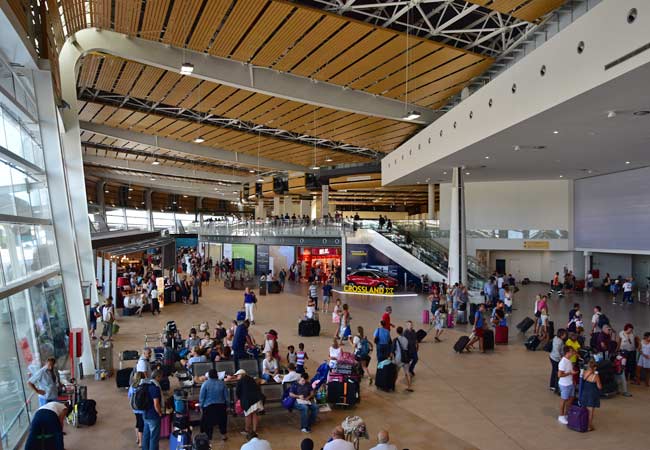
oh we were stuck in the airport!

Copenhagen was a bit expensive...

All we did was drink beer in Brussels...
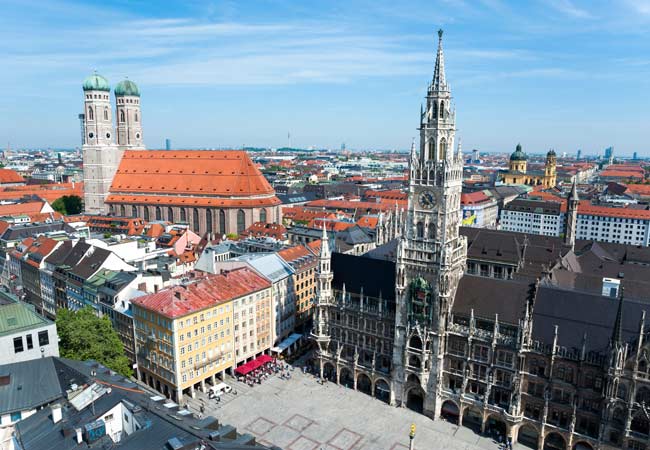
Muncih was crazy

And we got so burnt!
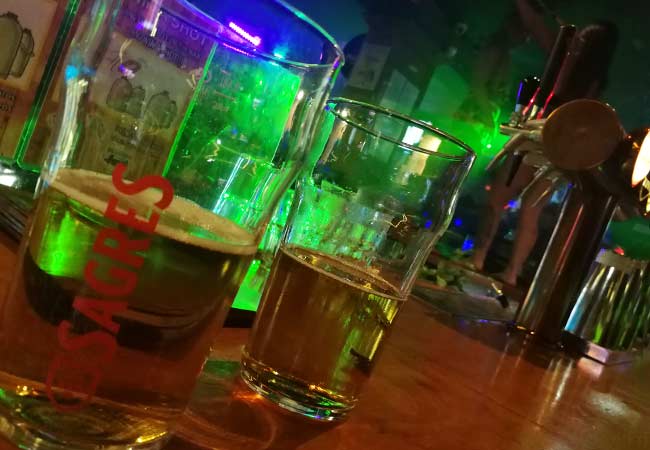
Remeber that night in Rome

oh we were stuck in the airport
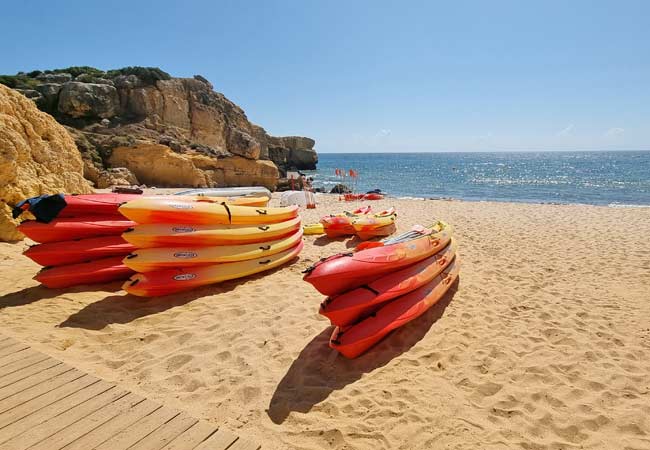
So much fun kayaking

Berlin and that group from Austria!

There was such a view from that church

And we got so burnt!

Munich was eventful, wasn't it!

Such a view from that cathedral in Florence
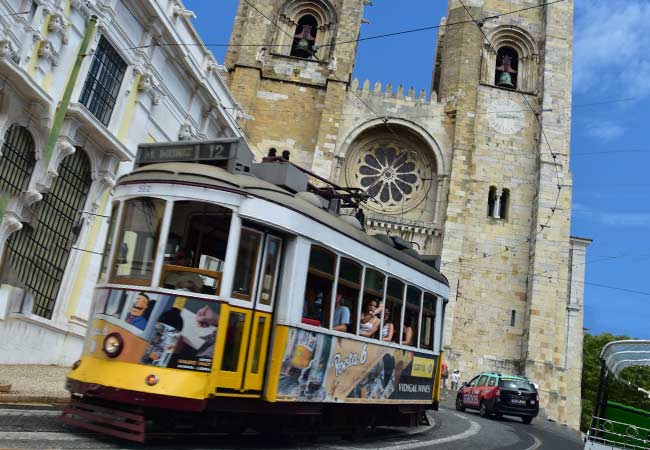
Lisbon was such so much fun

Last summer was so much fun .... x

Remeber that night in Rome

Lisbon was such so much fun

Such a view from that cathedral in Florence

Munich was eventful, wasn't it!

And we got so burnt!

Remeber that night in Rome

All we did was drink beer in Brussels...

Berlin and that group from Austria!

Can't wait to go back to Dubrovnik

Remember that boat ride in Prague

Copenhagen was a bit expensive...
